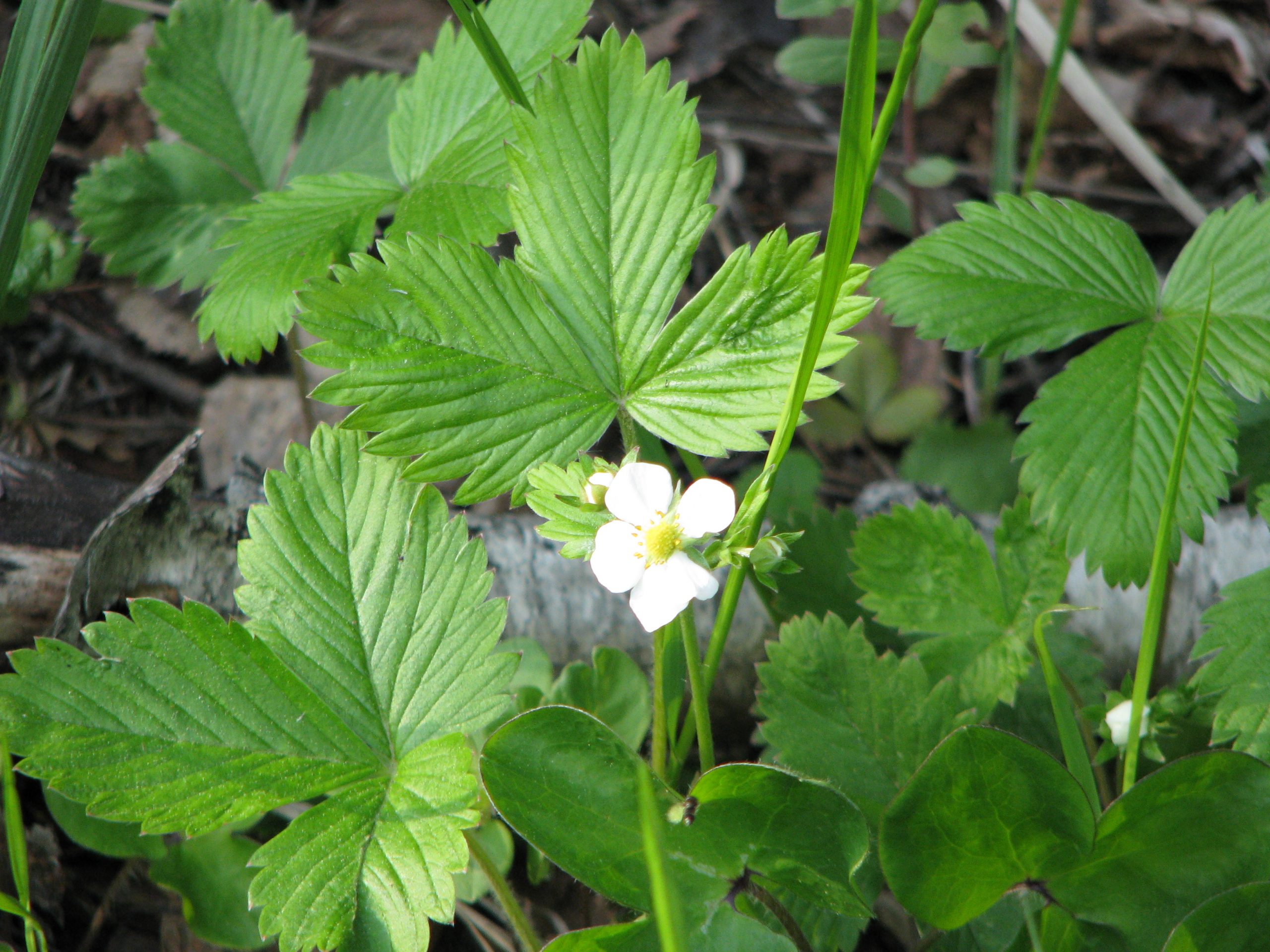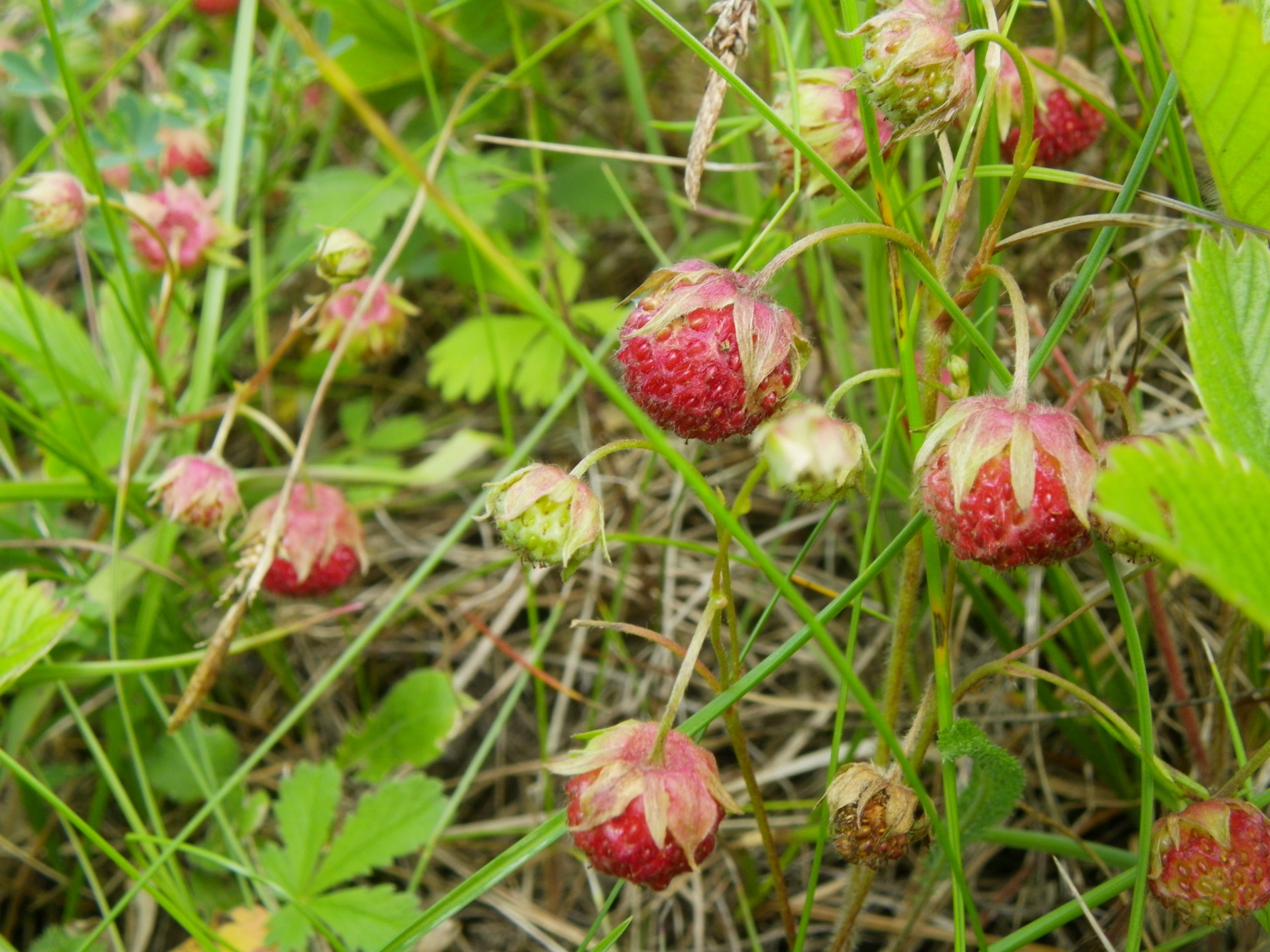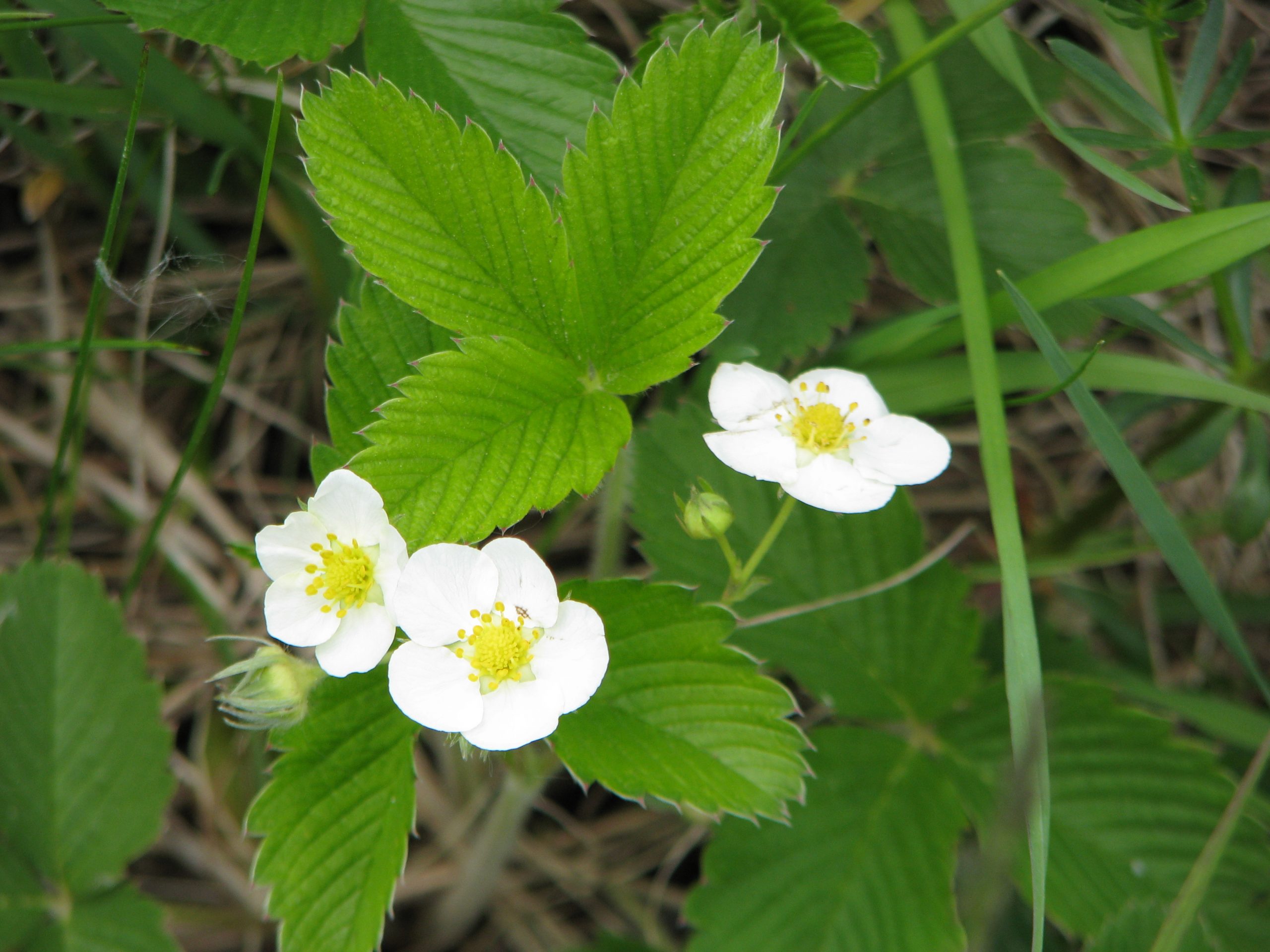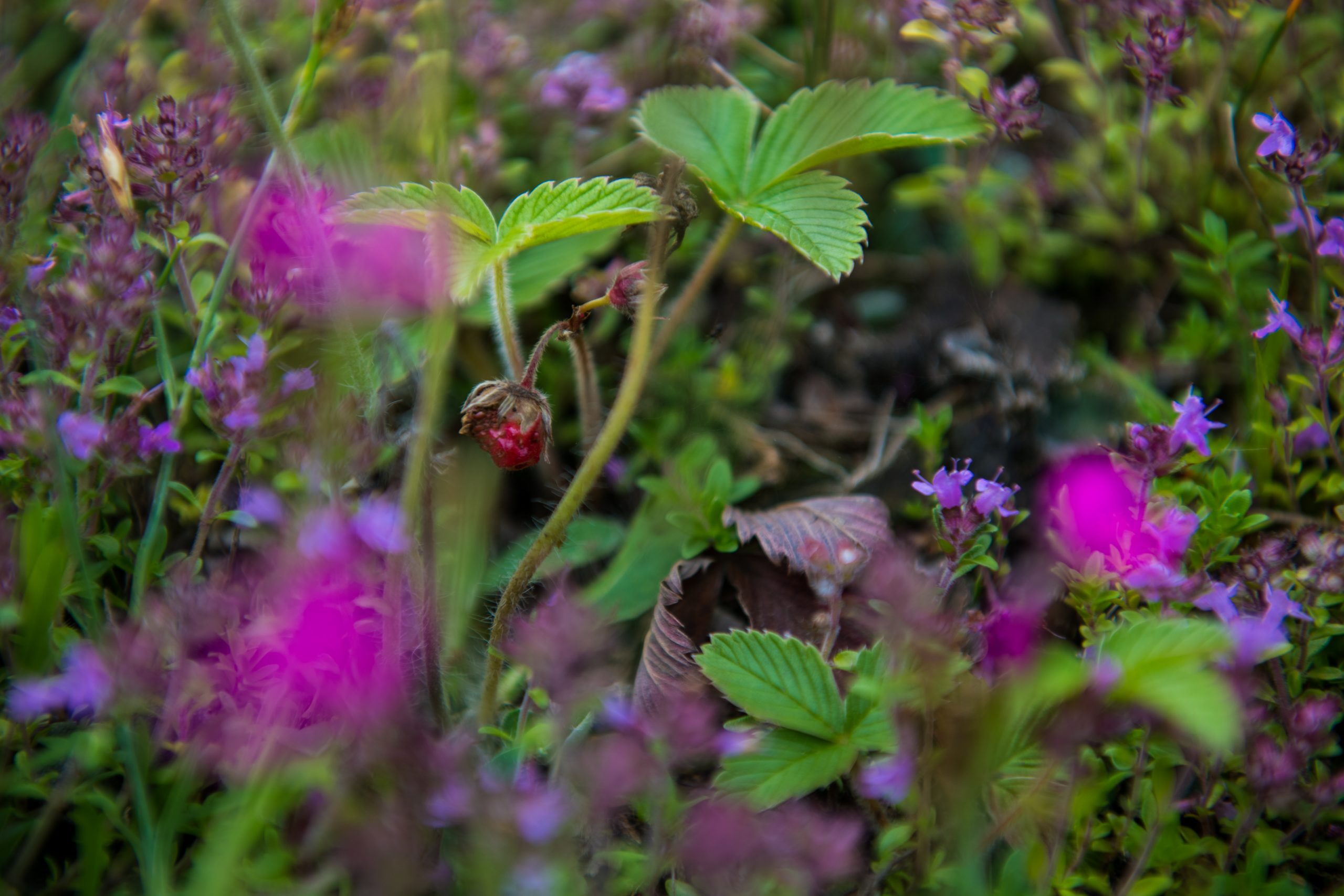Creamy strawberries are being researched as part of the GrassLIFE project
Most have tasted the delicacy of July - wild strawberries (Fragaria vesca) but not many know about their less popular yet equally delicious relative found in semi-natural grasslands - creamy strawberries (Fragaria viridis).
Creamy strawberries are the only berries in Latvia that grow in semi-natural grasslands, and they are also one of the indicator species of a semi-natural grassland as these lovely berries can only populate clean and natural soils. One way to tell the difference between wild strawberries and creamy strawberries is by their smell - creamy strawberries have a distinct zesty, fruity aroma. As the berry is pulled from its stem, a curious pop can be heard, which is the reason why this plant has acquired its name in Latvian – spradzene (can be loosely translated as pop-berry). Moreover, the distinction between the two relatives can be noticed in their leaves - the middle tip of creamy strawberries leaf is shorter than the neighbouring tips. They are also rarer than wild strawberries - you must look for them in meadows with dry, chalky soils. The plant produces berries during July.
The Latvian Fund for Nature has commissioned a study as part of GrassLIFE, in which, for the first time, a detailed analysis of the bio-active substances in both, wild strawberries, and creamy strawberries, has been conducted. It turns out that creamy strawberries are the sweetest naturally occurring berries in Latvia - they stand out with a particularly high concentration of sucrose compared to the low or absent sucrose contents of other Latvian berries.
Moreover, by examining the leaves and the berries of creamy strawberries, researchers have found that they are high in polyphenols - compound with anti-oxidant properties. The extracts of the plant showed a significant ability of binding with free radicals. The polyphenol contents of wild strawberries and creamy strawberries are very similar. This study also found many valuable organic compounds that make up lipids in creamy strawberries, including omega fatty acids, vitamin E and sterols. Furthermore, creamy strawberries are higher in lipids compared to wild strawberries. By analysing the metals found in the fruits and leaves of creamy strawberries, researchers have concluded that these plants grow in clean, remote areas, thus, they can be looked as indicators for a high quality habitat.




The lead of this study is Linards Kļaviņs - a doctoral student of environmental science in the University of Latvia as well as a scholarship holder of SIA Mikrotīkls. According to him, creamy strawberries are particularly useful as rare and unique plants, the conservation of which requires a clean environment. Further, creamy strawberries are an indicator of genetic as well as biological diversity, while also having high nutritional value.
GrassLIFE project manager Inga Račinska: "Creamy strawberries and the bioactive compounds within them has a huge potential for creating new, innovative and exclusive products with significant added value as creamy strawberries tell the story of unique semi-natural grasslands, and our biodiversity. For instance, creamy strawberry jam produced by local farmers has an impeccable flavour, combined with the story of a semi-natural meadows and our nature. By buying such a product consumers would support the conservation of semi-natural grasslands and people living and working in harmony with them."
As creamy strawberries are one of the indicator species for the semi-natural grasslands, finding these plants in the meadow would signify that it is very likely that other unique and rare species, characteristic to the natural meadow, can be found in the vicinity. Thus the presence of creamy strawberry indicate a high degree of biodiversity. Only 0.7% of territory in Latvia is home to semi-natural grasslands today, whereas 100 years ago they covered around 30% of the country’s territory.
If you happen to find this delicious berry in the meadow, enjoy them! Please take care while collecting the berries - do not pull out the roots of the plant and be careful not to stomp over the delicate plants.
In this study, an analysis of leaves and berries of creamy strawberries were collected from 30 different locations in Latvia. The full report can be seen here (in Latvian): https://grasslife.lv/wp-content/uploads/2021/06/Spradzenes-zinojums_FINAL.pdf.







